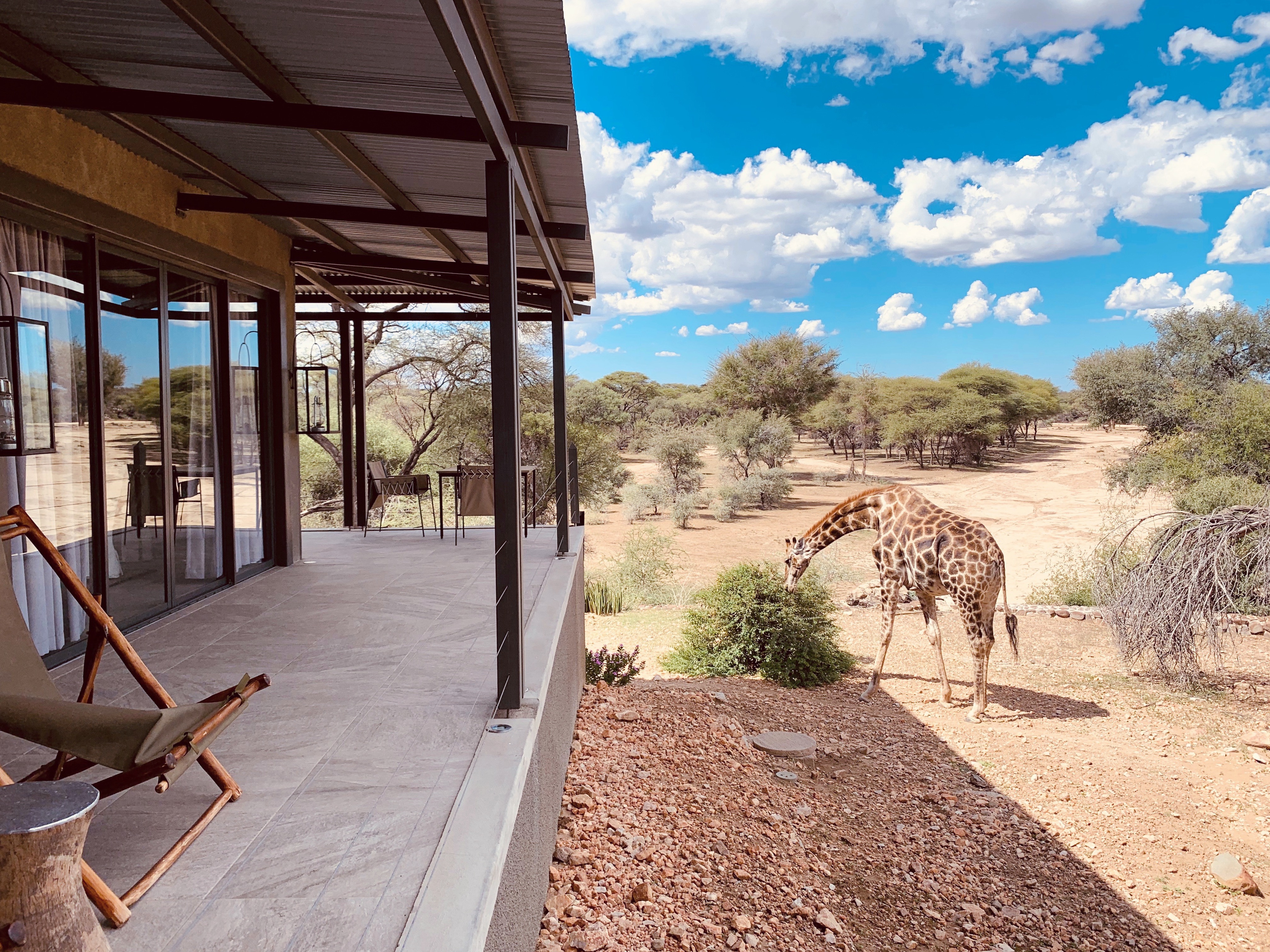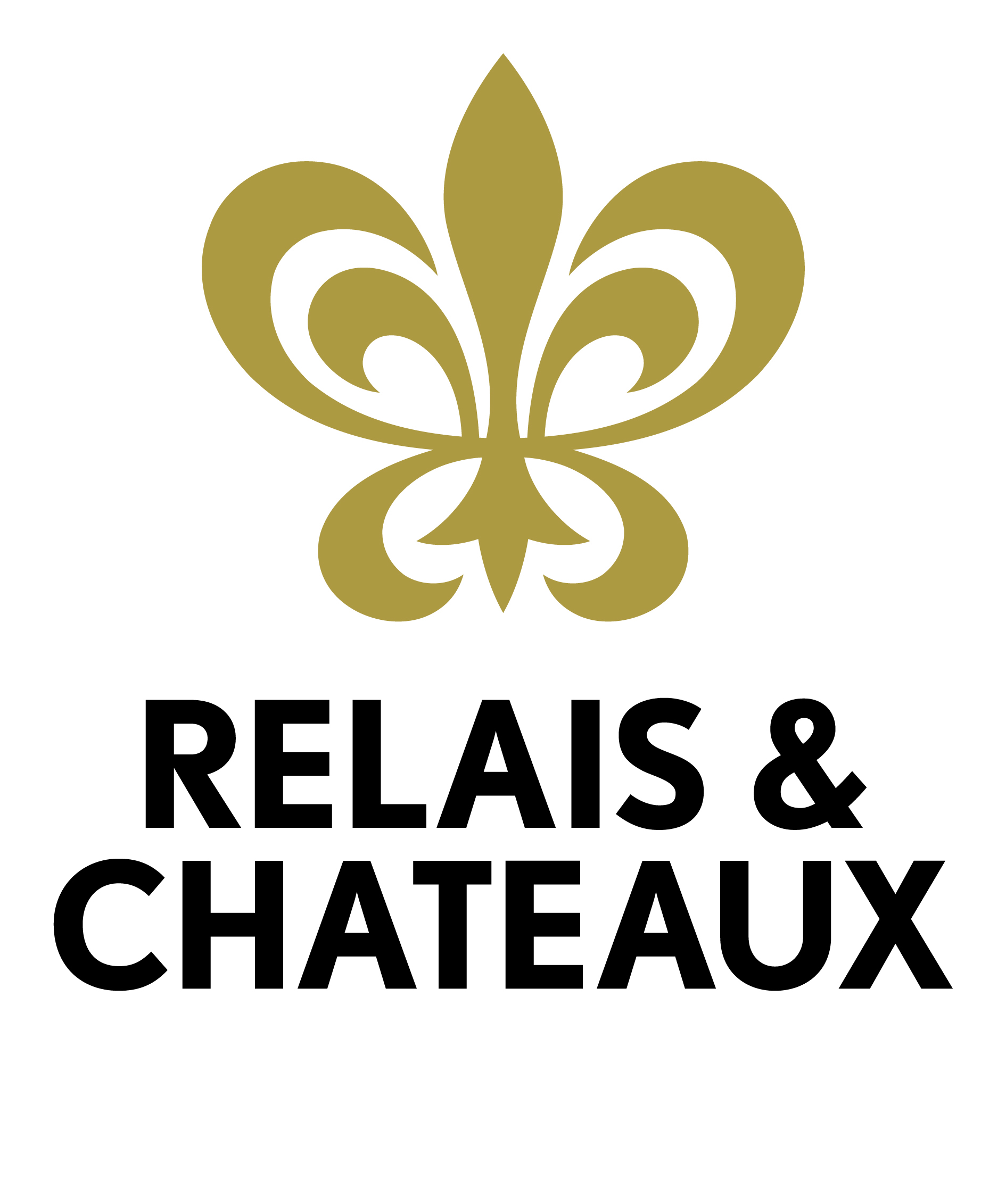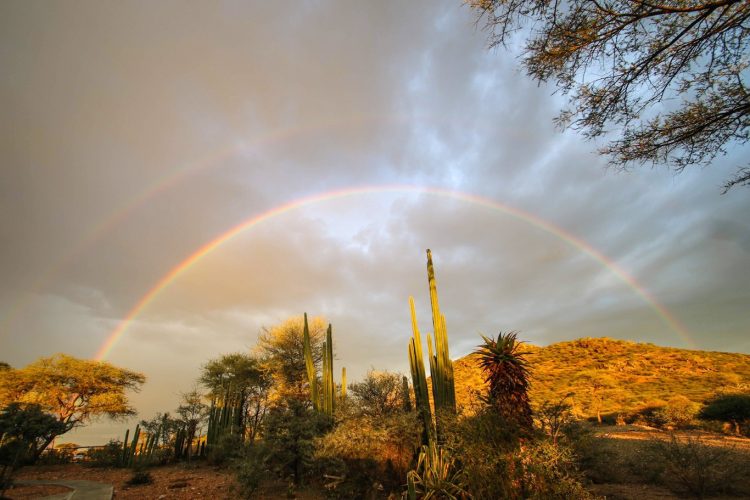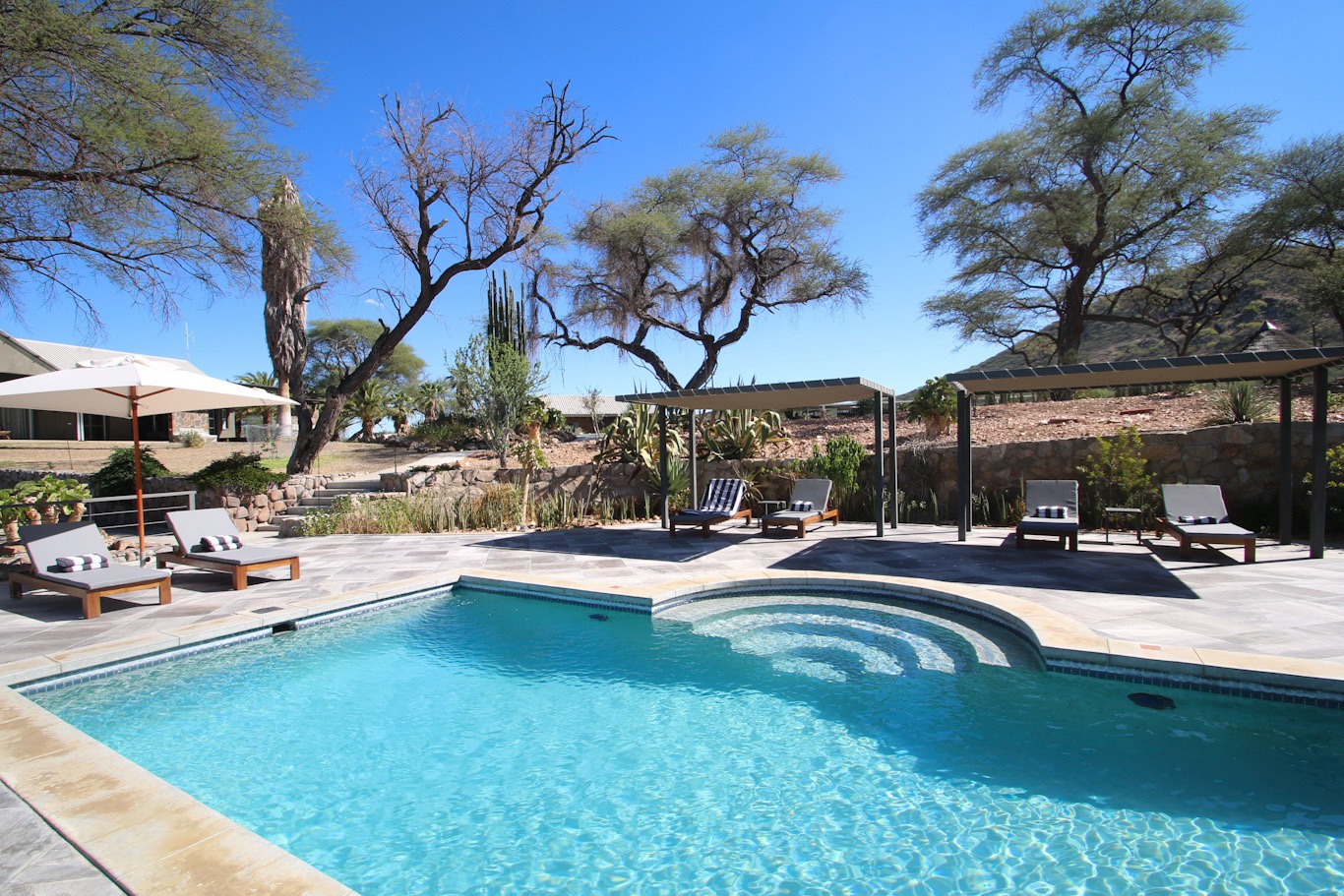
“The first thing I hope to do as a guide is get guests to understand the importance of animals,” Hendrik says as we walk through the reserve on an April morning at Epako Safari Lodge.
This is my first time in Namibia. I say it on the first day, the second, the third and the fourth, and I’ll say it now: I have never known such peace in a wildlife reserve.
There are many reasons for the feeling of calm and stillness here, at the foot of the red cliffs of the Erongo Mountains, in Omaruru, and one of them is guide, Hendrik Adams. His nature, his kindness, his mindfulness.
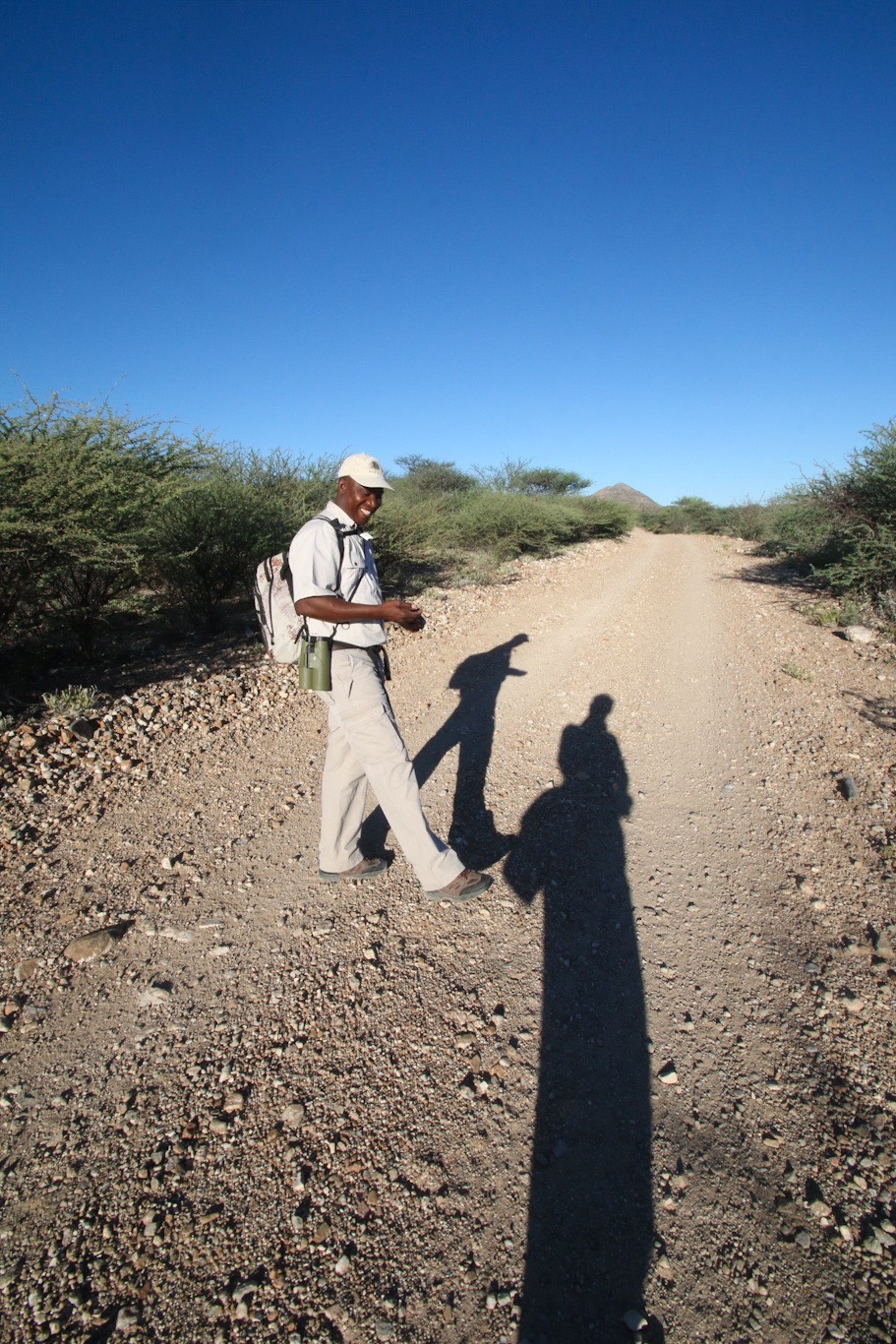
We continue walking, looking at our feet, at the gravel passing beneath them, the odd track of an animal that has walked the path before us, and looking out at the immense openness between the low mountain slopes. The occasional giraffe neck calls our attention.
“I want guests to leave Epako with that awareness of the importance of animals, to take it home with them and share it with others, to extend a greater consideration for animals and an understanding of them,” Hendrik says.
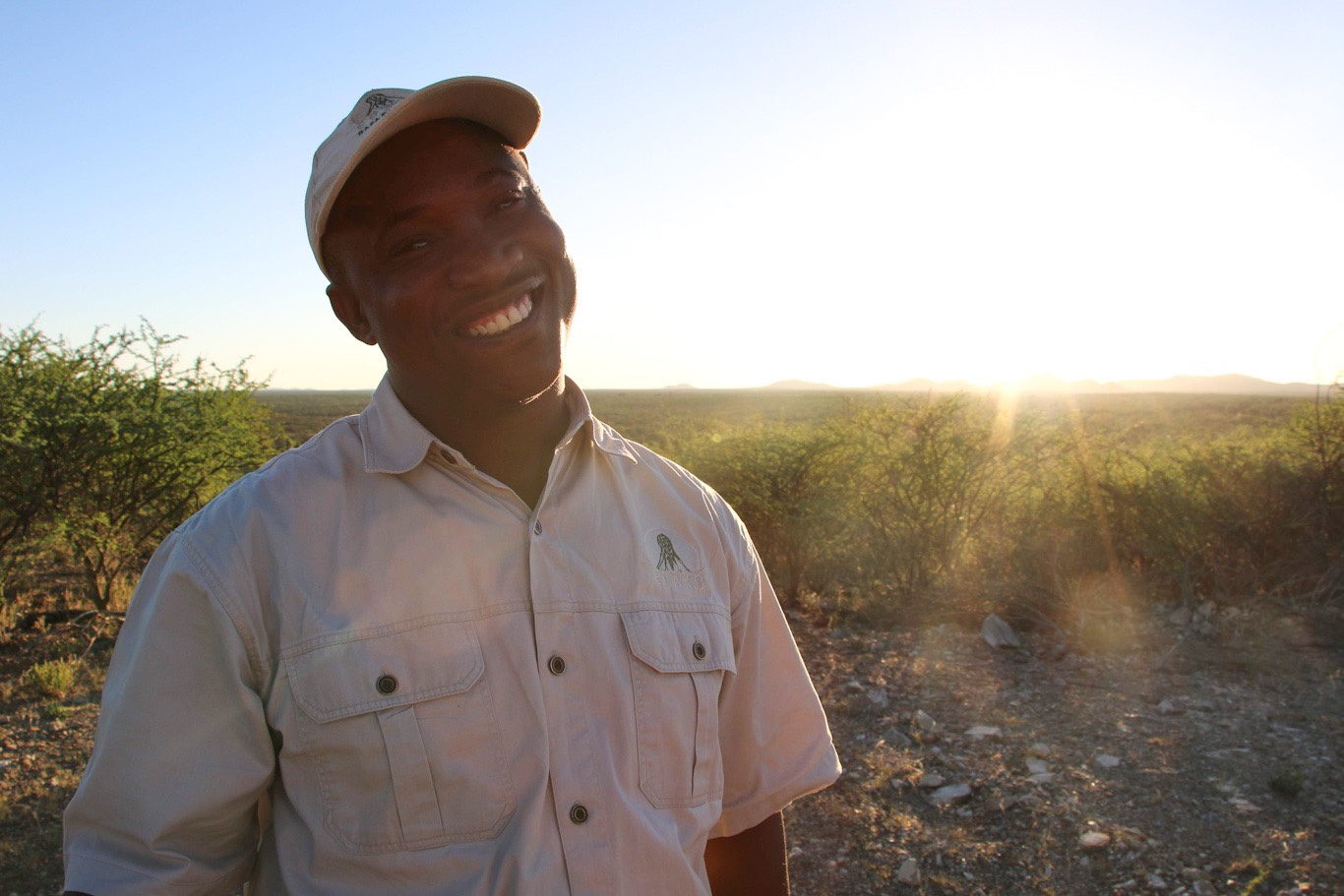
We hardly look up at each other as we walk, but we are connected. There is an instant comfort that takes me back to hiking through the mountains back home with family. Yet all around us are eagles, giraffes, oryx, kudu, eland, snakes, wildebeest, rhino and the occasional leopard, reminding me that I am very far from home, from the city.
“To do this,” he continues, “I try to be kind and generous, to be an example, toward not only animals but people too. If we are kind like this in ourselves, the world outside picks up on it and reacts to it. The kindness spreads. This is how I approach animals, thinking good thoughts, but also how I try to be with people. It’s all the same.”
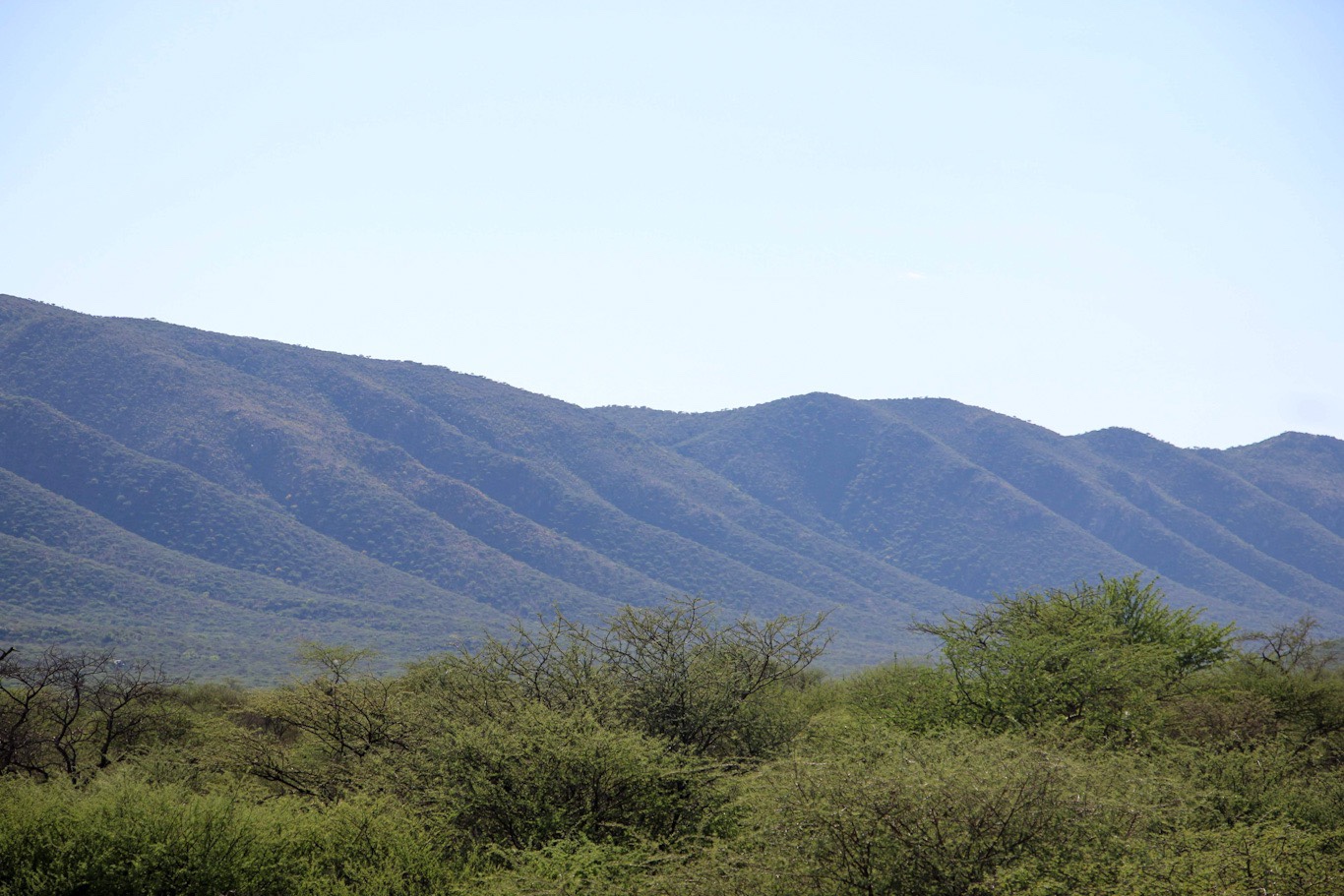
Our path twists and turns, a few baboons are playing in the dry trees that stand tall and twisted beside us, like a tower of giraffes in a bare field. We’ve been walking since sunrise and by now the sun is bright, the air dry and hot and the sky blue. I could walk all day in this weather, in this wilderness. Just listening.
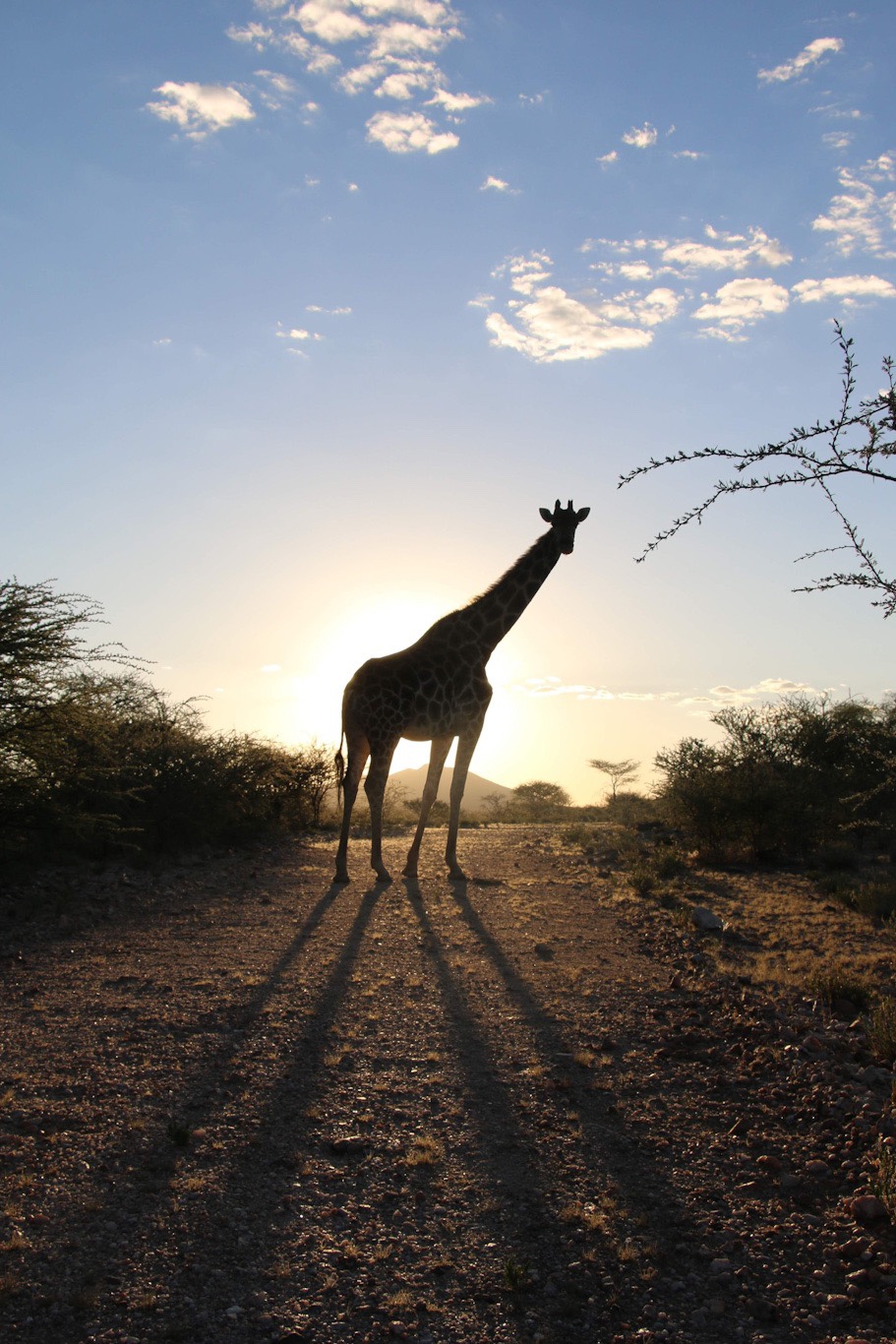
“I explain the different characteristics of animals to guests so that they can understand the beauty of what they’re seeing here. So that they can understand the animal. When we understand something, we fear it less. We know how to handle it.”
There’s something Hendrik tells me that I had never known, never thought about, or perhaps simply never permitted myself to believe. It’s the theory that the great Big 5 animals, the big cats and elephants that have on occasion made me freeze in fear when they or I have gotten too close, are not dangerous. Not by nature.
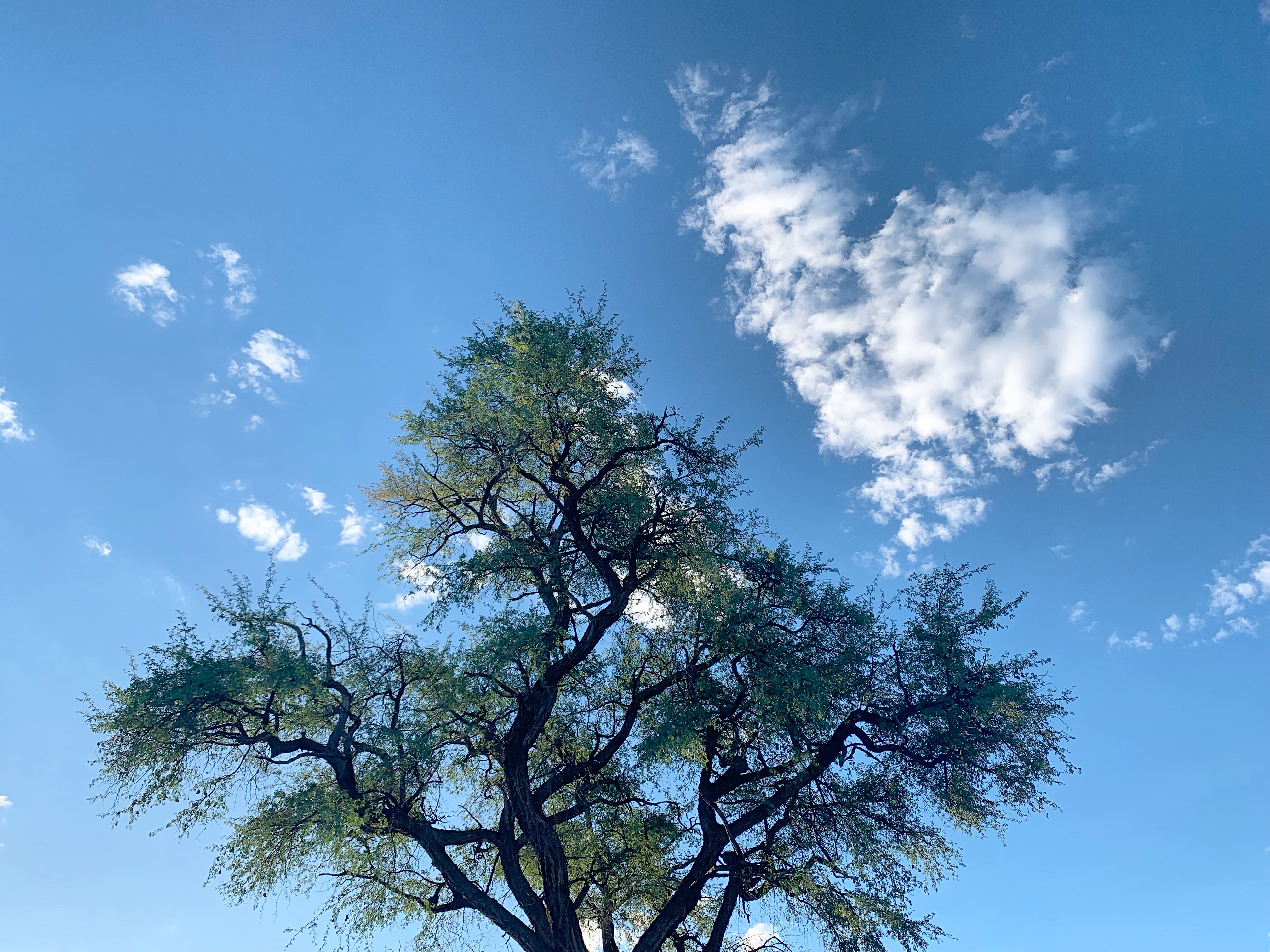
“Rhinos and elephants have good memory, and lions, all the Big 5,” Hendrik tells me on our morning ramble on foot.
“They remember when people were killing them back when hunting was prolific. They became more and more dangerous as a way to protect themselves from humans. Animals are not naturally so dangerous. Without human intervention they are much more peaceful in nature. It’s because of humans that wild animals are dangerous.”
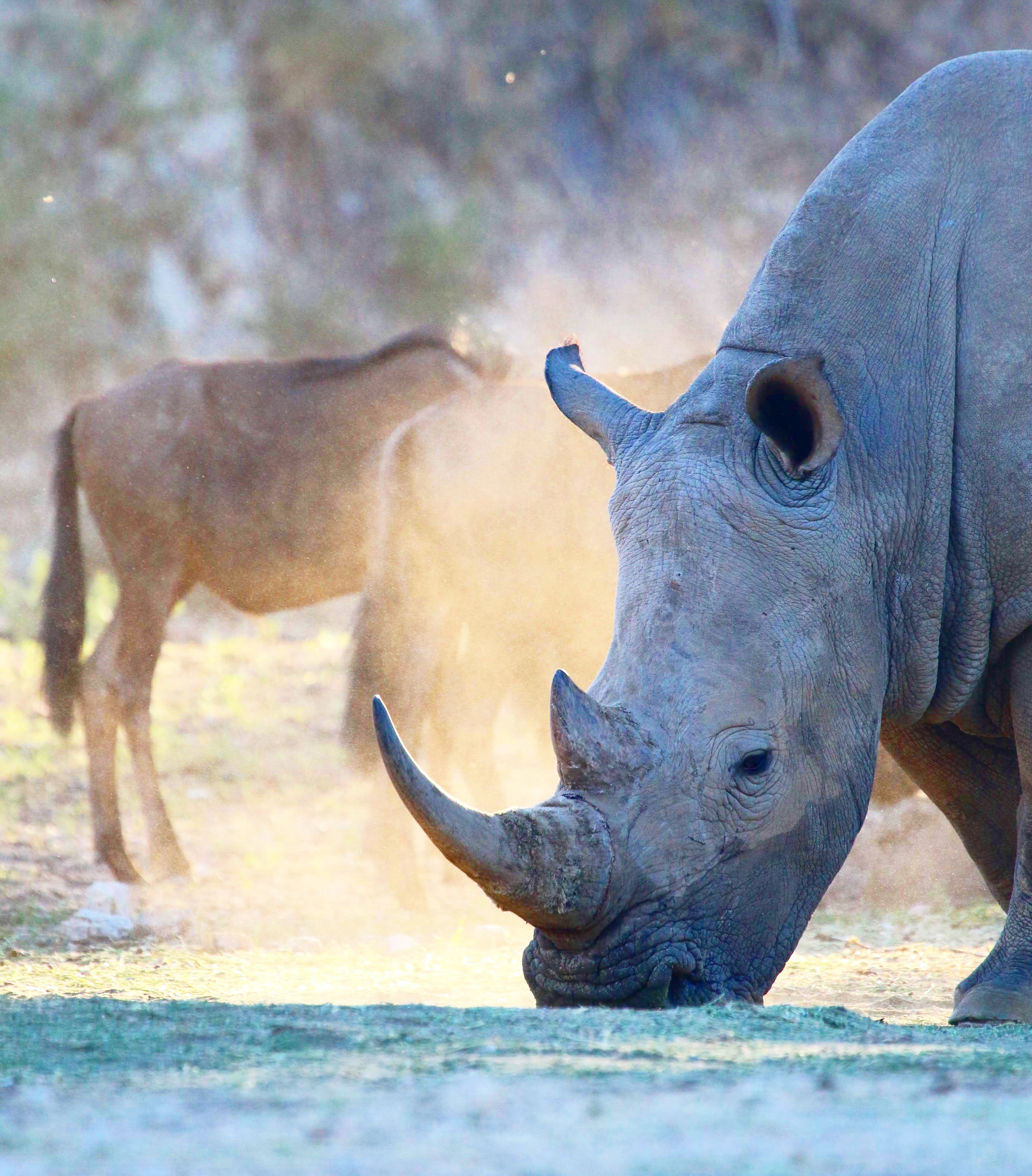
“How we approach them matters. If we approach them and treat them in a safe manner, they become used to this and are calmer around us, calmer in general. This is what I try to tell guests. We need to consider our role in the wild.
“We feel safe here even though we have rhino, because we know how to interact with the animals.”
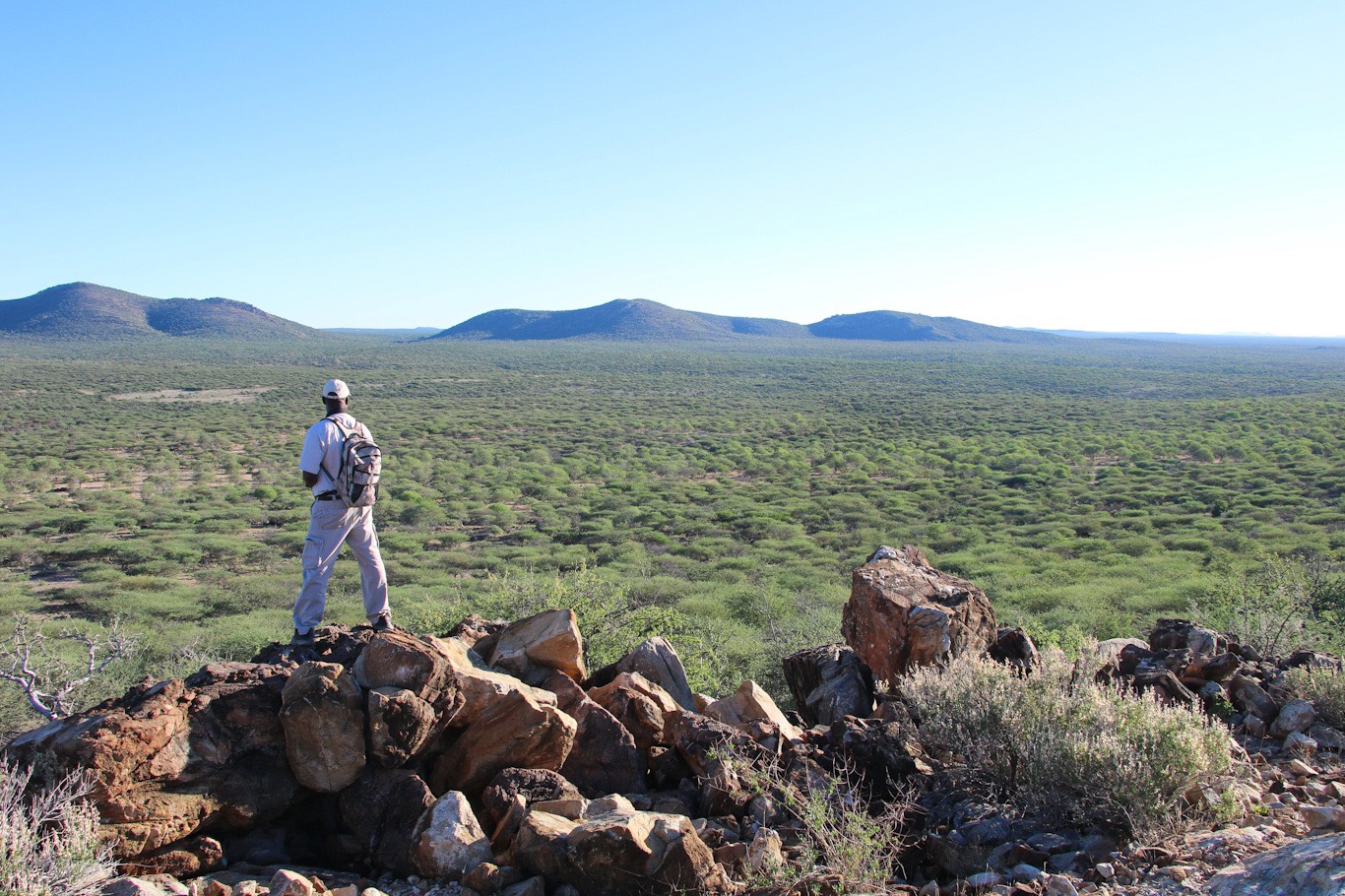

Kindness, kindness, kindness, I tell myself as we walk, like a meditation mantra with each step – past the giant termite mounds and thick bushes.
We come across five or six giraffes in a field, metres from us. They stand, chewing, looking back at us as we stop, stand and look back at them. Hendrik’s “Men Who Stare at Goats” charm is working.
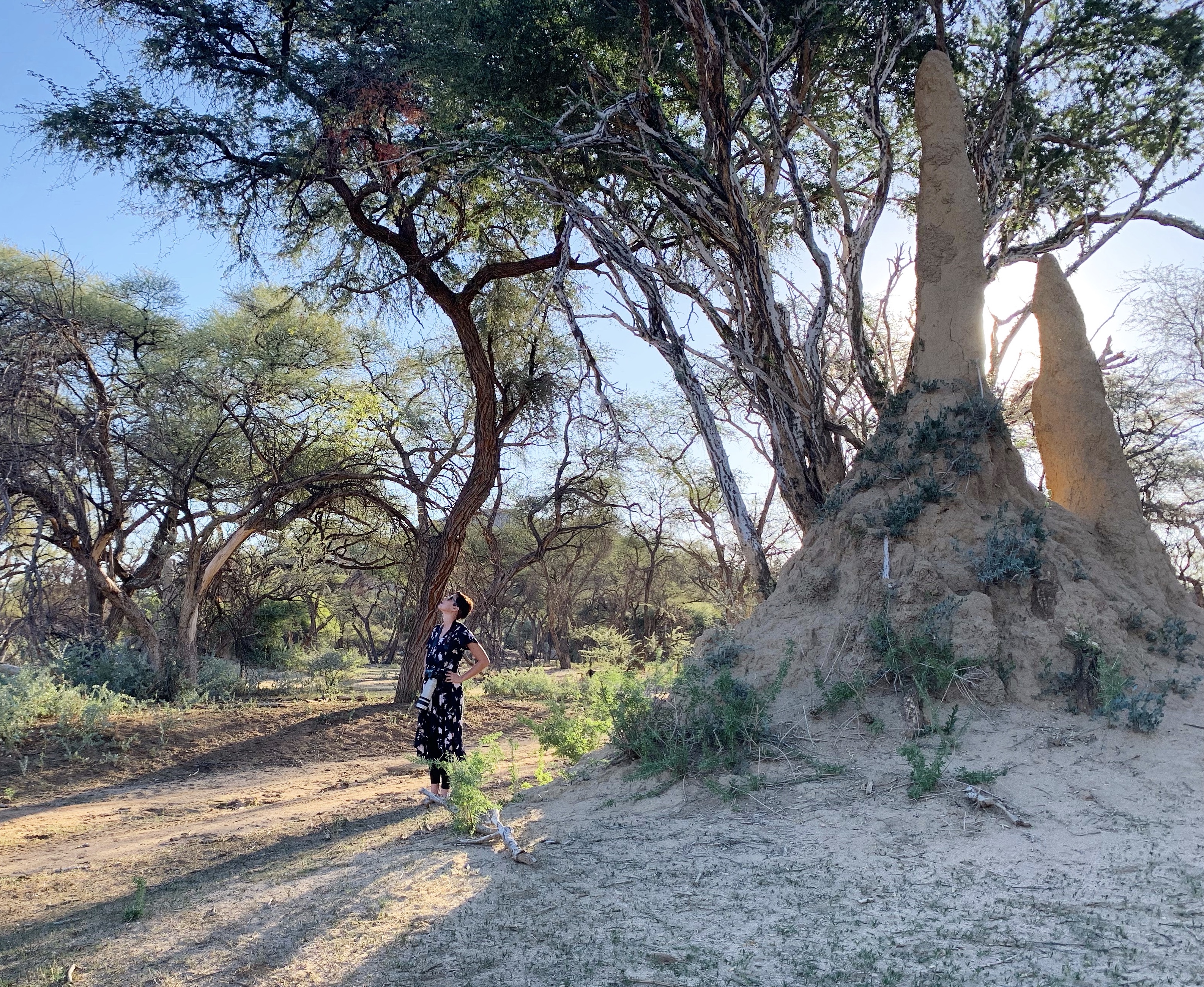
“Years ago when we had elephant on the reserve, we didn’t go on walks like this. We were always in the vehicles. When we first started doing bush walks, the giraffes would run away from us when they saw us on foot. But as you can see, they’ve realised we’re not here to harm them. We are not a threat. So between us a mutual understanding has grown. We are friends.”
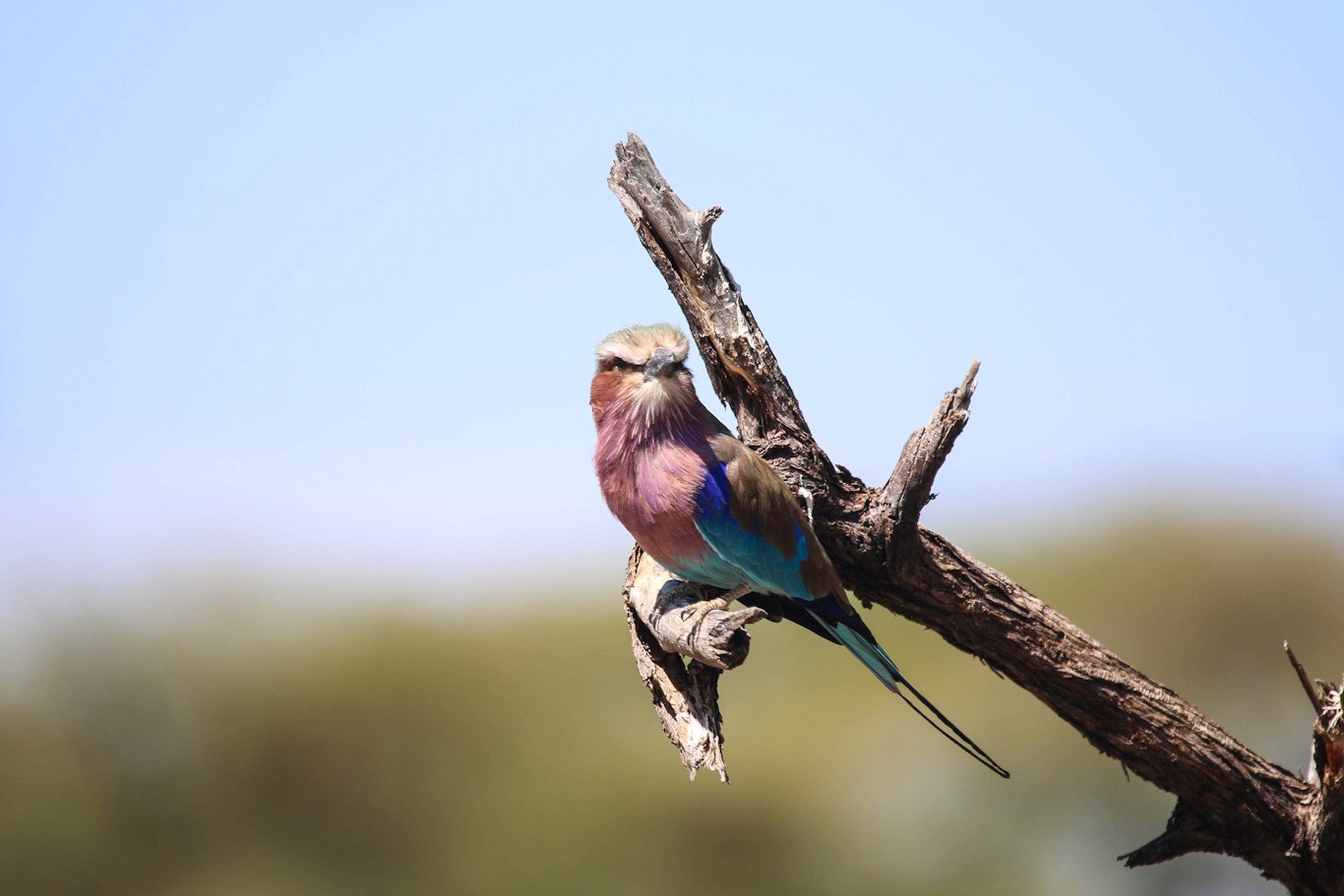
“The other part of my job is to look after the animals on the reserve, as reserve manager. In today’s world, we don’t know how long these animals will be around. I want to make sure they have a good life here. We try to keep the animals as wild as possible and don’t interfere in their roaming. We let nature dictate, because nature is successful by itself. But there are times when we need to.”
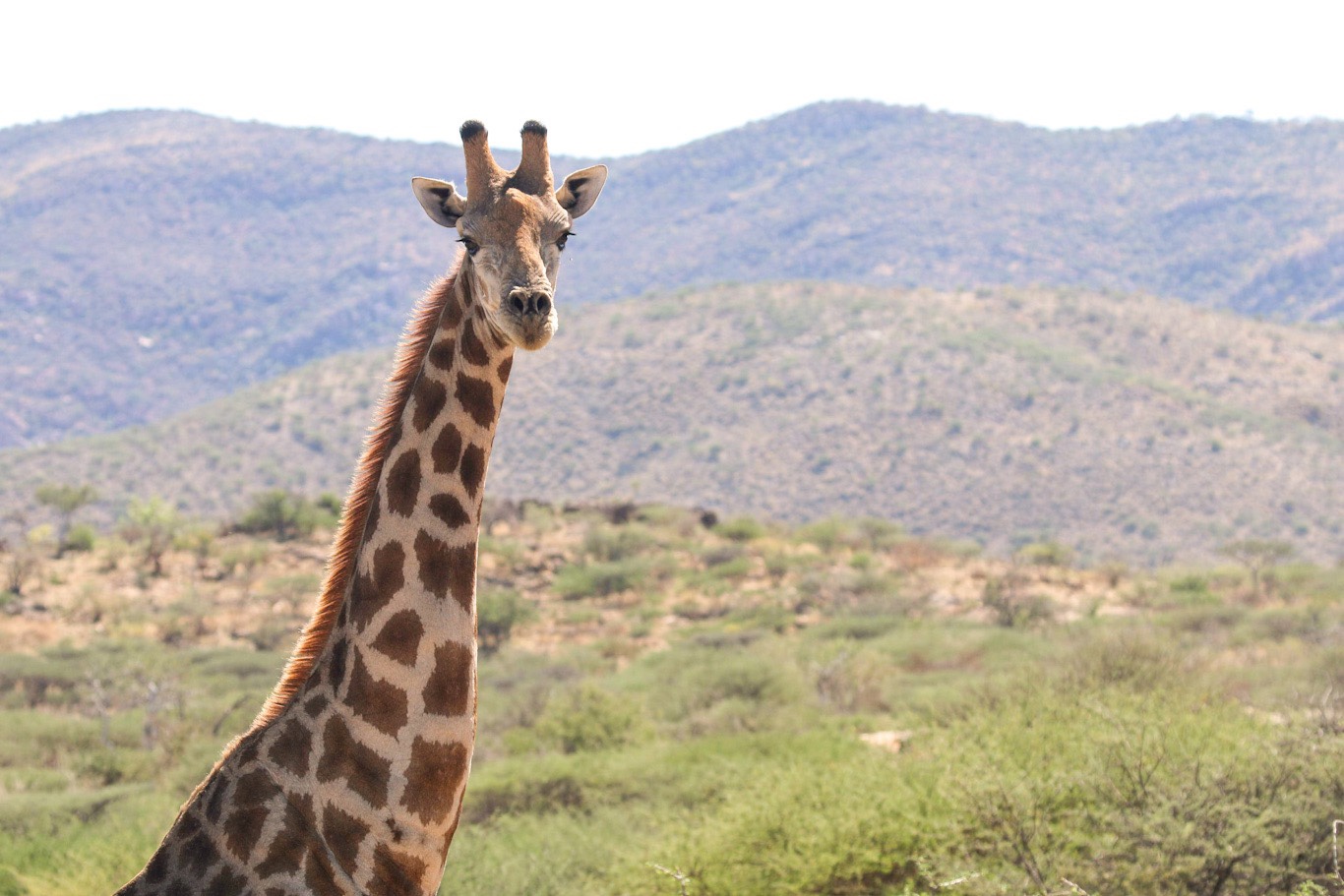
“In the case of a severe drought, we will provide food, but we don’t like to, because the moment you start feeding animals you start to tame them and make them used to receiving food from humans. And this becomes a problem as they won’t go out into the wilderness for themselves.”
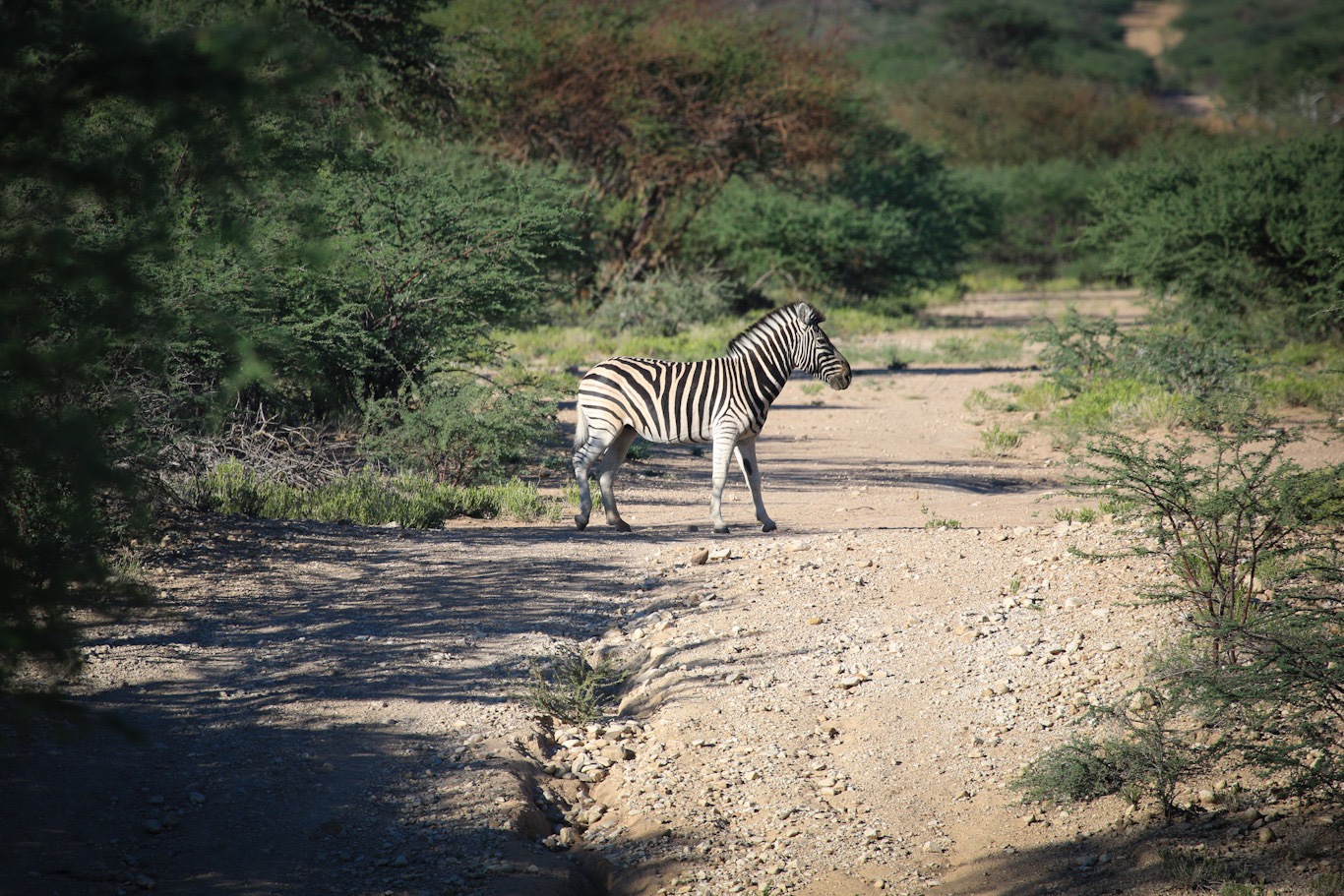
It’s clear that the warmth of heart you feel at Epako stems very much from the attitude of the guides and managers, waiters and chefs, but it’s something that’s typical of Namibia too.
“We understand one another here,” Hendrik tells me, as we come to the end of our hike, approaching the long entrance to the lodge, with great cacti hailing us a welcome.
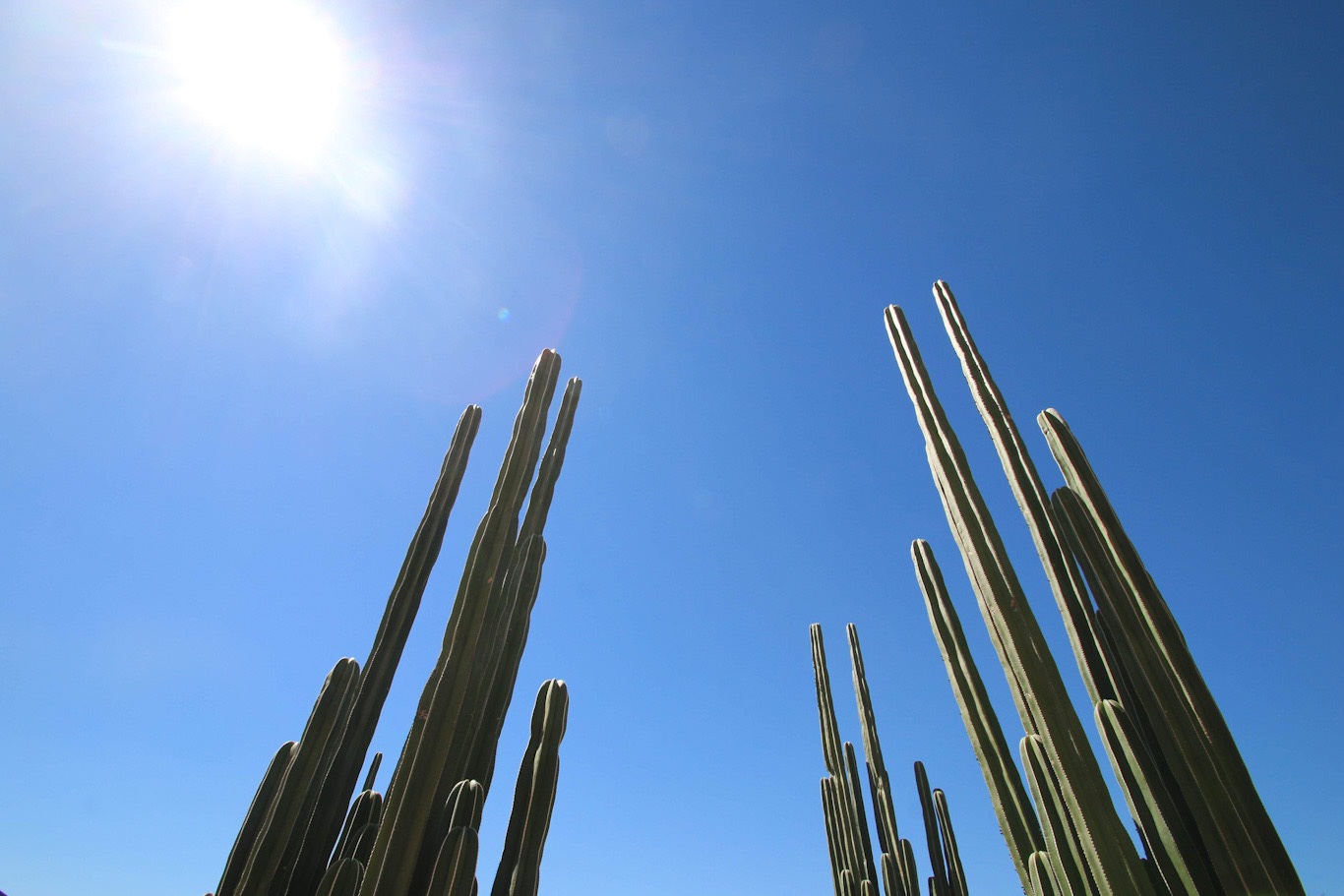
“We try to work together here. The ethnic tribes are not divided. We work as one Namibia, one nation; that makes us quite unique and peaceful. There is a spirit of togetherness among all the tribes and groups. Everyone is treated equally by the government and we respect anyone who comes into the country.”
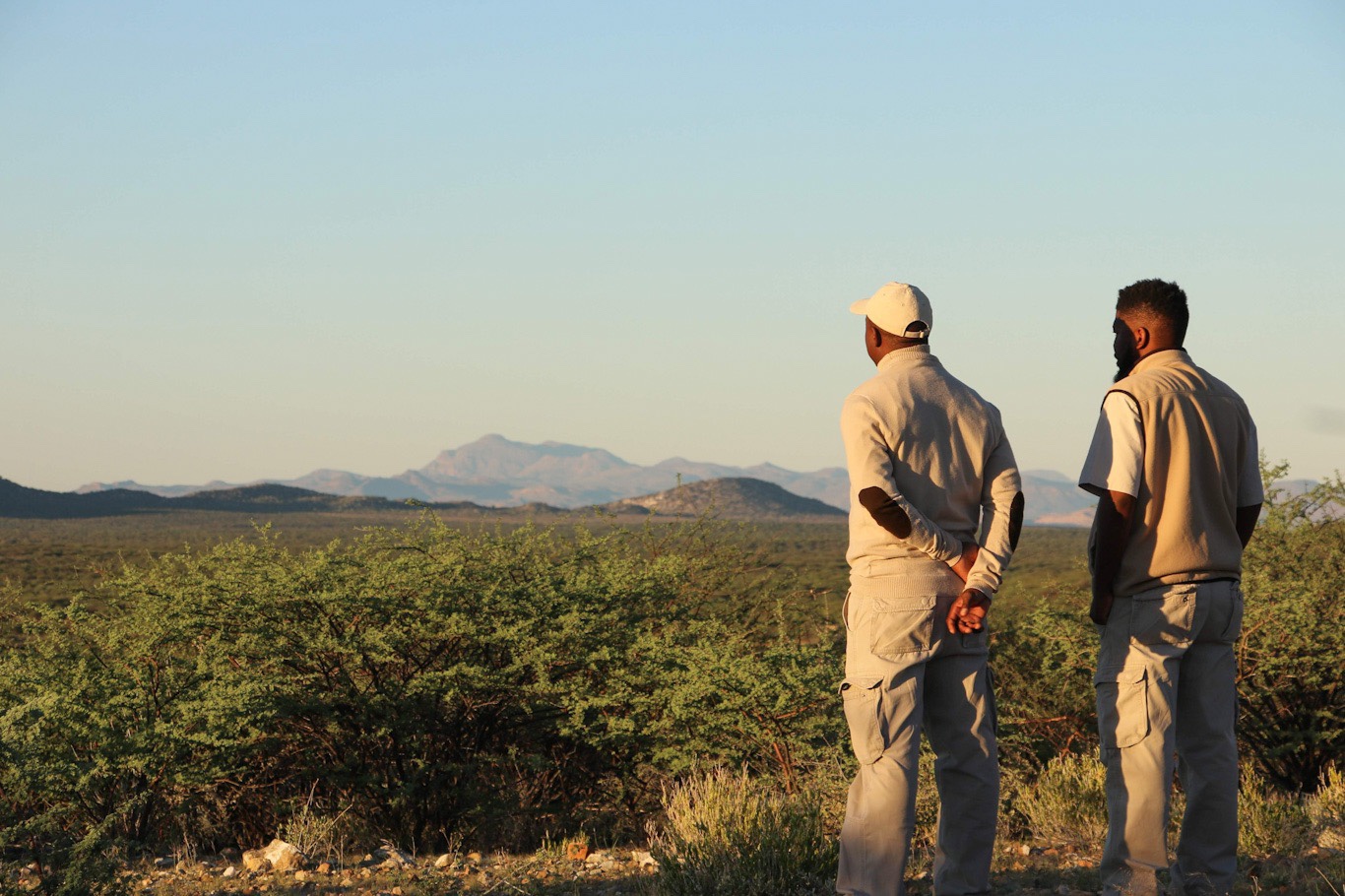
Hendrik adds, “The vastness of the wilderness, the immense space, uninhabited tracts of land, and the small population of Namibia also add to the peace you’re feeling.
“Epako is also more relaxed because we don’t have lions or elephants to worry about. You’re not constantly on the alert, but you’re still a little on your toes. Just as it should be.”
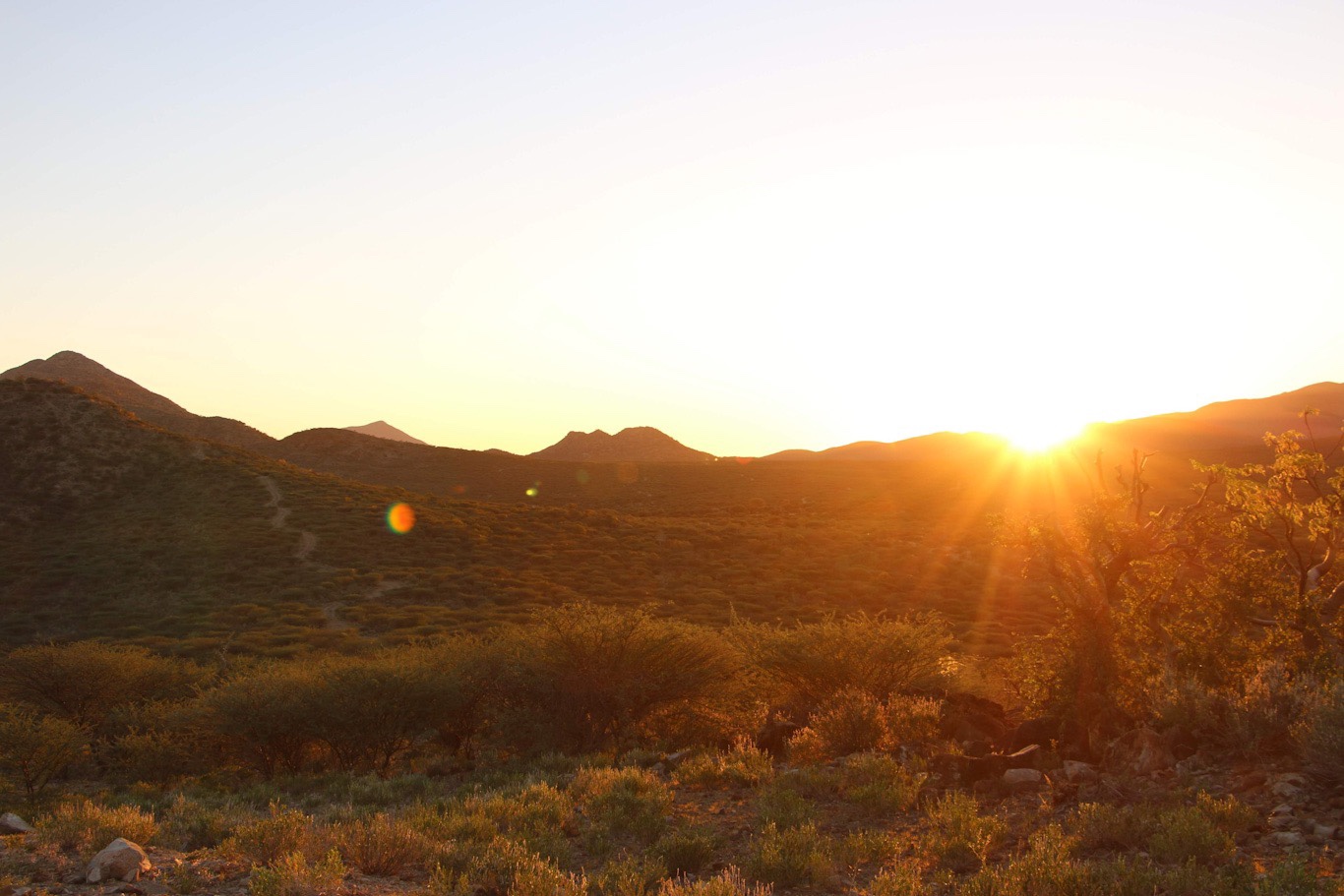
This might be the essence of Epako, I think, as we reach the meeting point at which our meander began, looking over the lodge’s bright pool and the animal’s waterhole below. But it’s also an ideal approach to life. To be at peace, but with toes ready to dance.
